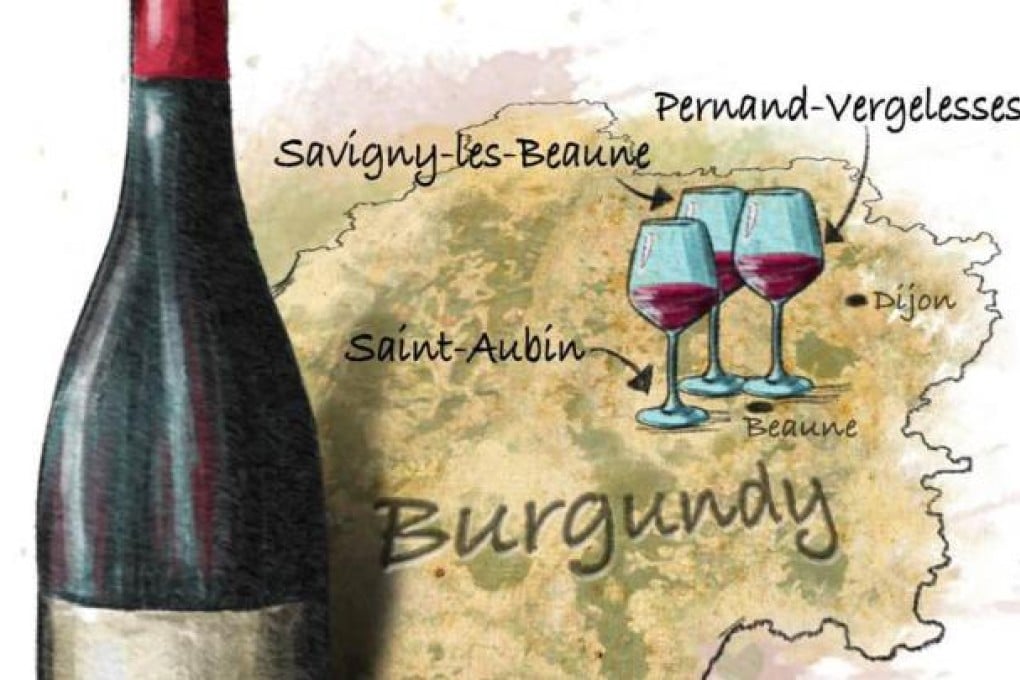
Anyone following Hong Kong's wine auction market would have noted that Burgundy wines broke auction records and bucked the sluggish fine wine market trend last year following the disenchantment with Bordeaux.
At the Hospice de Beaune auction in November, now in its 152nd year, the average price increased more than 50 per cent to about €380 (HK$3,900) per bottle. The latest figures on Burgundy exports defy the slow-moving market trend: they rose by more than 10 per cent in most of their major markets, with the value of Hong Kong and China sales increasing more than 40 per cent. But we are only a small player among the importers of Burgundy; the United States and Britain lead, with Japan close behind. These three markets account for about half of all Burgundy exports.
The Burgundy wines that everyone is chasing come from a fairly narrow range - the top 20 to 30 producers, led by superstars such as Domaine de la Romanee-Conti, Leroy, Henri Jayer, Comte George De Vogue and Armand Rousseau. Note that the red wines from these domaines are from a tiny region within the Cote d'Or - the Vosne-Romanee, Gevrey-Chambertin and Chambolle-Musigny communes. The most highly sought-after grand cru reds from the top producers are less than 1 per cent of the entire production of Burgundy.
Burgundy itself produces only about 200 million bottles each year (not including Beaujolais, which is technically part of Burgundy); that is a mere 5 per cent of total French wine production. No wonder wine prices creep up each year and no wonder per-bottle prices rise regardless of the plight of the stock market and other fine wine regions. In this context, there are still amazing values in Burgundy from regions that are known only to the most ardent Burgundy lovers. Below are my top three Burgundy villages for great bargains.
: one can easily miss this village just north of the city of Beaune near the border between Cote de Nuits and Cote de Beaune. I've driven past this small village, and were it not for outstanding producers such as Bonneau du Martray and Domaine Rapet, I would have driven right through, thinking I would not be missing much. Fewer than 500 people inhabit this village, and during the half dozen times I have visited, I would have guessed there were fewer than 50 people, given how quiet the streets are.
The wines do have a similarity, with both the Corton (grand cru red) and Corton Charlemagne (grand cru white) produced here as well as in the neighbouring village of Aloxe-Corton. There are more reds produced here, and the best examples possess the red berry and floral charm of Beaune reds as well as the firm, tannic backbone of Corton Grand Cru. Whites are robust and generous, and from the premier cru sites of Sous Fretille or Clos Berthet, they represent some of the best value from Cote de Beaune.
